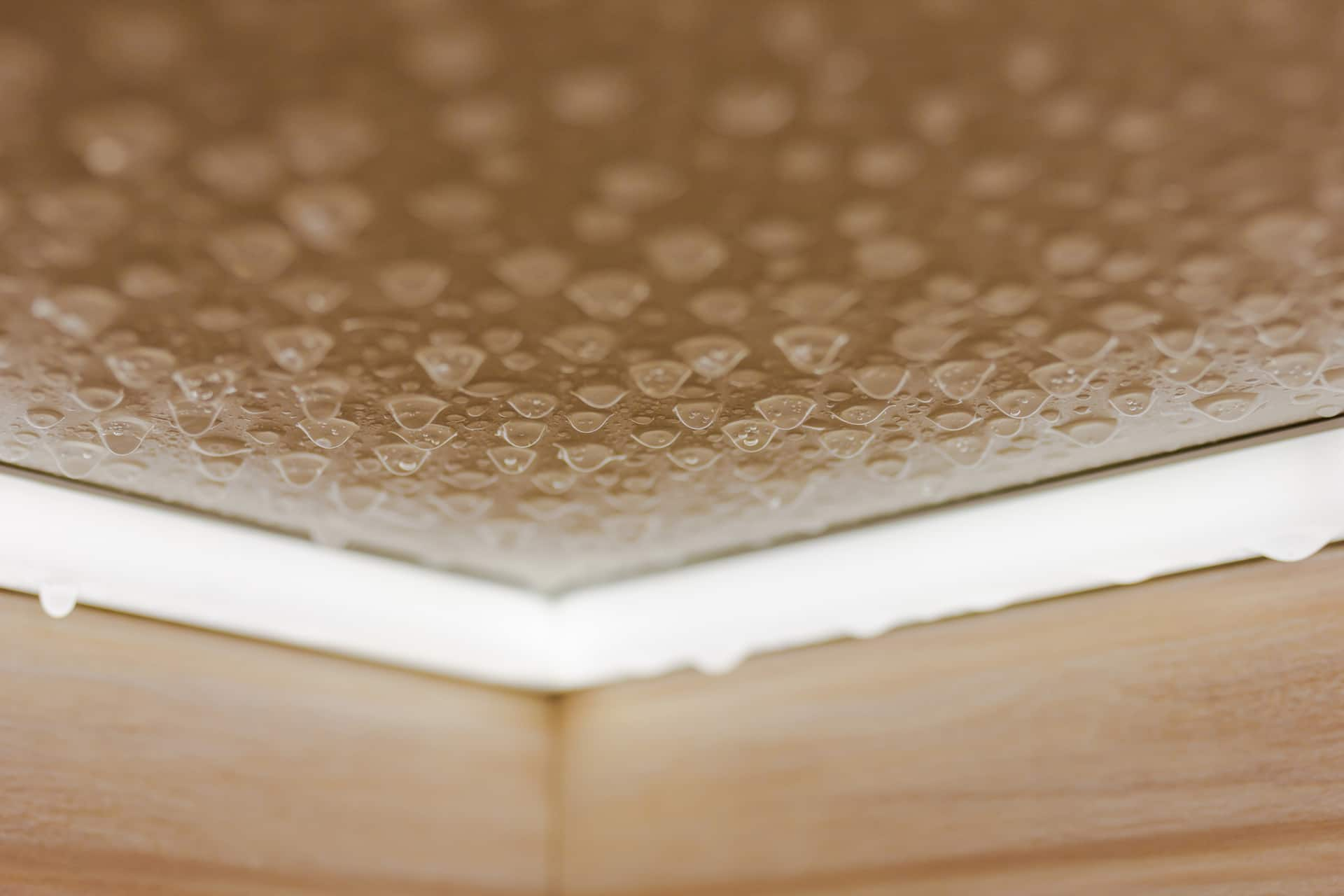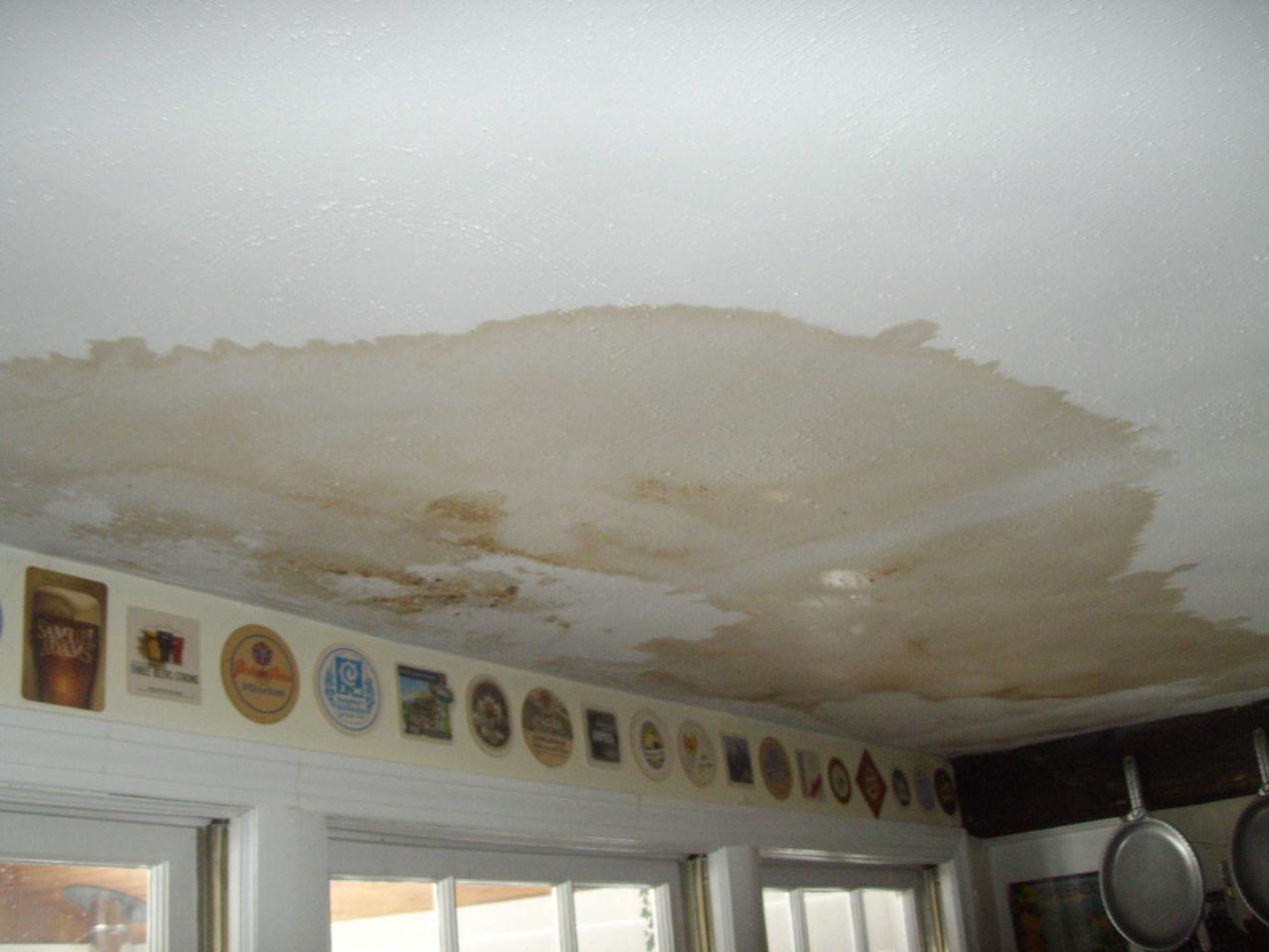Do's & Don'ts of Water Restoration.
Do's & Don'ts of Water Restoration.
Blog Article
We've stumbled upon this article about What You Can Do At Home To Prevent Fire And Water Damage directly below on the internet and decided it made sense to talk about it with you here.

Though water provides life, water intrusion on parts where it's not intended to be can lead to damages. It can peel away surfaces and wear down the structure if the water saturates into your framework. Mold and mildew and also mold additionally grow in a damp setting, which can be unsafe for your health and wellness. Houses with water damage smell old and stuffy.
Water can come from several sources such as tropical cyclones, floods, burst pipes, leaks, and sewer problems. In case you experience water damages, it would certainly be excellent to know some safety precautions. Here are a few guidelines on exactly how to manage water damages.
Do Prioritize Home Insurance Coverage Protection
Water damage from flood as a result of heavy winds is seasonal. You can likewise experience an unexpected flood when a malfunctioning pipeline unexpectedly breaks right into your residence. It would be best to have house insurance coverage that covers both acts of God such as all-natural catastrophes, and emergency situations like broken plumbing.
Do Not Fail To Remember to Turn Off Energies
In case of a catastrophe, specifically if you reside in a flood-prone area, it would be recommended to shut off the major electric circuit. This cuts off power to your whole home, stopping electric shocks when water comes in as it is a conductor. Furthermore, don't neglect to turn off the main water line valve. Furniture will certainly relocate around and cause damages when floodwaters are high. Having the primary shutoff shut off stops more damages.
Do Keep Proactive as well as Heed Climate Signals
Tornado floods can be very unpredictable. Remain positive and prepared if there is a history of flooding in your area. If you live near a creek, river, or lake, listen to evacuation cautions. Take out valuables from the ground floor and basement, after that put them on the highest possible level. Doing so reduces potential building damages.
Don't Neglect the Roof
Prior to the weather condition turns frightful, make certain you have a roofing inspection. It would be prudent to obtain this service yearly as it can mitigate intricate issues. If there are no openings and also leaks in your roof, you can stay clear of rain damages. Your roofing contractor will certainly also deal with faulty rain gutters or any other indicators of weakening. This will certainly avoid water from moving down your walls and soaking your ceiling.
Do Take Notice Of Little Leakages
A burst pipeline does not happen overnight. You might observe gurgling paint, peeling off wallpaper, water touches, water spots, or leaking audios behind the wall surfaces. Have your plumbing repaired before it results in massive damages.
Don't Panic in Case of a Burst Pipeline
Keeping your presence of mind is crucial in a time of situation. Since it will stifle you from acting quick, worrying will just intensify the problem. Timing is key when it comes to water damages. The longer you wait, the even more damage you can anticipate. Thus, if a pipeline bursts in your home, immediately shut down your main water valve to remove the resource. Then disconnect all electric outlets in the area or turn off the breaker for that part of your house. Call a reliable water damages repair specialist for aid.
Water provides life, water intrusion on parts where it's not meant to be can result in damage. Houses with water damage odor musty as well as old.
Water damages from flood charges to heavy winds is seasonal. You might discover gurgling paint, peeling wallpaper, water streaks, water spots, or leaking audios behind the wall surfaces. When it comes to water damage, timing is vital.
Some Do's & Don't When Dealing with a Water Damage
DO:
Make sure the water source has been eliminated. Contact a plumber if needed. Turn off circuit breakers supplying electricity to wet areas and unplug any electronics that are on wet carpet or surfaces Remove small furniture items Remove as much excess water as possible by mopping or blotting; Use WHITE towels to blot wet carpeting Wipe water from wooden furniture after removing anything on it Remove and prop up wet upholstery cushions for even drying (check for any bleeding) Pin up curtains or furniture skirts if needed Place aluminum foil, saucers or wood blocks between furniture legs and wet carpet Turn on air conditioning for maximum drying in winter and open windows in the summer Open any drawers and cabinets affected for complete drying but do not force them open Remove any valuable art objects or paintings to a safe, dry place Open any suitcases or luggage that may have been affected to dry, preferably in sunlight Hang any fur or leather goods to dry at room temperature Punch small holes in sagging ceilings to relieve trapped water (don't forget to place pans beneath!); however, if the ceiling is sagging extremely low, stay out of the room and we'll take care of it DO NOT:
Leave wet fabrics in place; dry them as soon as possible Leave books, magazines or any other colored items on wet carpets or floor Use your household vacuum to remove water Use TV's or other electronics/appliances while standing on wet carpets or floors; especially not on wet concrete floors Turn on ceiling fixtures if the ceiling is wet Turn your heat up, unless instructed otherwise

Hopefully you enjoyed reading our section on Ways to Reduce The Risk Of Fire And Water Damage. Thank you for taking the time to browse our article post. Liked our content? Please share it. Help someone else locate it. Thank you so much for going through it.
Report this page